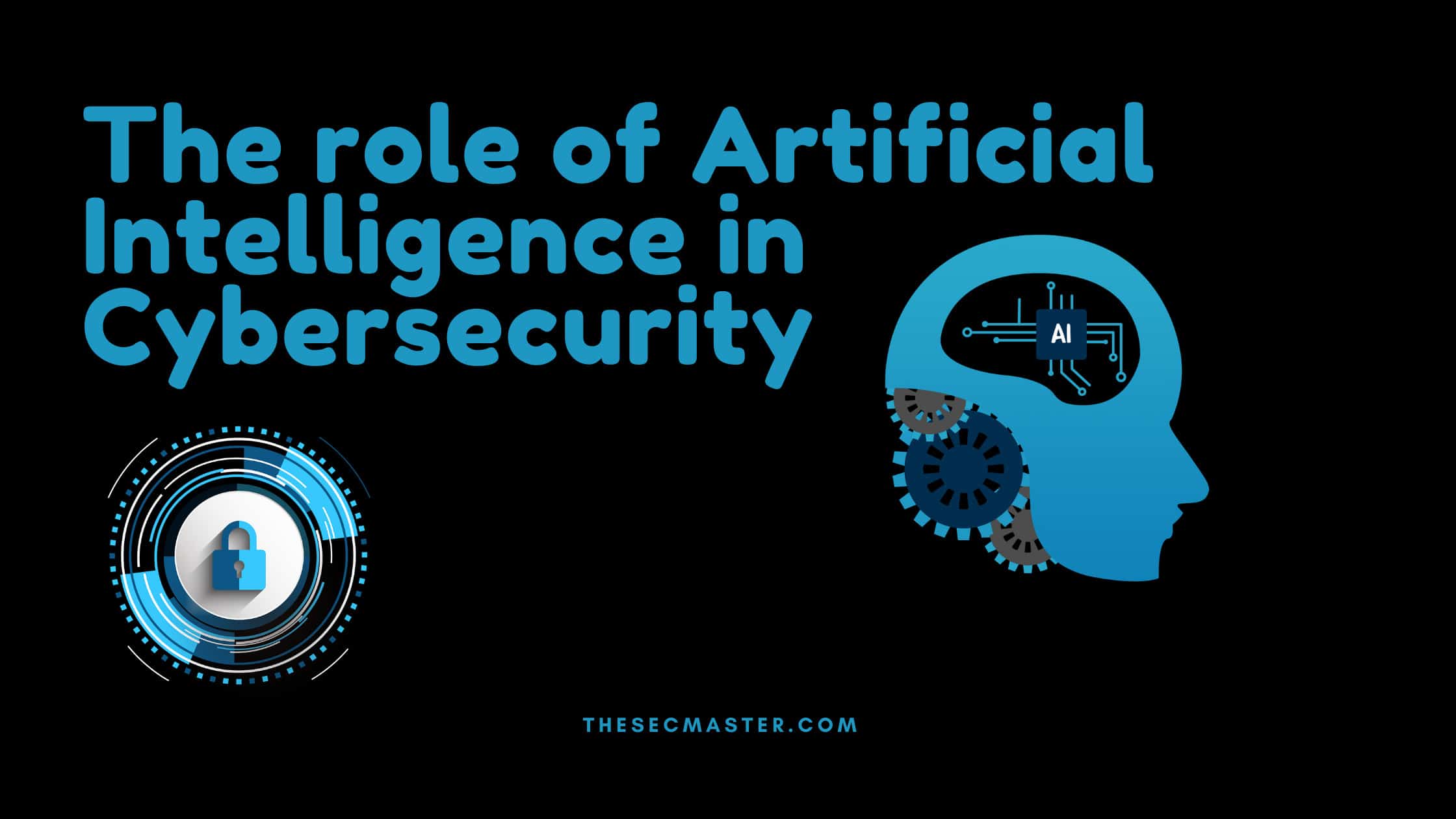Table of Contents
The Role of Artificial Intelligence in Cybersecurity
If you are into the Information Technology field as a professional or as a business owner, two keywords you have heard the most: ‘Artificial Intelligence and ‘Cybersecurity’. You might have seen that many companies are looking at Artificial Intelligence as a solution to growing complex business problems. And, Cybersecurity as a solution for emerging cyber threats. If you are a security professional who wants to harness the power of Artificial Intelligence, or if you are an AI and Machine Learning practitioner who wants to apply your skills to solve the thriving problem of security, you must read this article. This article mainly focuses on the emerging role of Artificial Intelligence in Cybersecurity and how Artificial Intelligence improves Cybersecurity in today’s world.
What Is Artificial Intelligence?
We normally grasp the things which happen in our surroundings. We store them in our memory and learn about them naturally. Then we make a radical decisions based on those learnings. This is commonly called natural Intelligence. Artificial Intelligence is demonstrated by machines by mimicking human Intelligence to solve complex problems. We humans still have not reached the level where we can challenge human Intelligence. It’s a feature goal of Artificial Intelligence to make a full-fledged Intelligent Agent. An Intelligent Agent is an entity(hardware or software) that maximizes the probability of goal completion by sensing, learning, and acting.
Six Disciplines of Artificial Intelligence:
According to the scientist’s Alan Turing and Steven Harnad. a machine is considered an Intelligent Agent only if it passes these six functional capabilities.
Understand natural language.
Ability to store and process information.
Ability to Reason.
Ability to learn from new information.
The ability to see and perceive surrounding objects.
Ability to move and manipulate physical objects.
The Role of Artificial Intelligence in Cybersecurity:
Artificial Intelligence enables you to create Intelligent Agents to solve a particular security problem. For example, an Intelligent Agent can find the vulnerabilities hidden in the millions of lines of code. It can identify abnormalities in the user’s login. Or it can spot a new strain of malware for which no signature exists yet.Behind the scenes, an Intelligent Agent accepts the large stream of data and processes them to learn about the patterns. When we put that Intelligent Agent in the line of defense, it uses its knowledge into action by analyzing the incoming data that the agent has never seen before. How does Artificial Intelligence help Security professionals? Artificial Intelligence uses three mechanisms to solve complex security problems.
Pattern Insights: First, it recognizes the data patterns which would be difficult for humans to analyze. It then classifies the data patterns and presents them to the Security professionals for analysis.
Actionable Recommendations: An Intelligent Agent suggests actions to the security professionals based on the patterns it identifies.
Autonomous Mitigation: Some Intelligent Agents will take action on behalf of security professionals to fix the security problem.
You may tell that your organization already has expert security professionals, advanced tools, and perfect processes and procedures to protect the organization’s data and security breaches. The ultimate goal of an Intelligent Agent is to augment current people, processes, and tools to enhance the overall defense. When it comes to defense, the first step of protection is detecting vulnerabilities or bugs which let the attackers exploit the system. Using Artificial Intelligence, you can scan the source code with better accuracy and fewer false positives and help engineers discover security bugs before they deploy their applications to the production environment. another area where AI is of assistance to security professionals is responding to threats. Advanced AI solutions do not just deliver information about the threats but also supply the surrounding context to your security incidence response team so they can respond to threats.
You may also like these articles:
Arun KL
Arun KL is a cybersecurity professional with 15+ years of experience in IT infrastructure, cloud security, vulnerability management, Penetration Testing, security operations, and incident response. He is adept at designing and implementing robust security solutions to safeguard systems and data. Arun holds multiple industry certifications including CCNA, CCNA Security, RHCE, CEH, and AWS Security.
